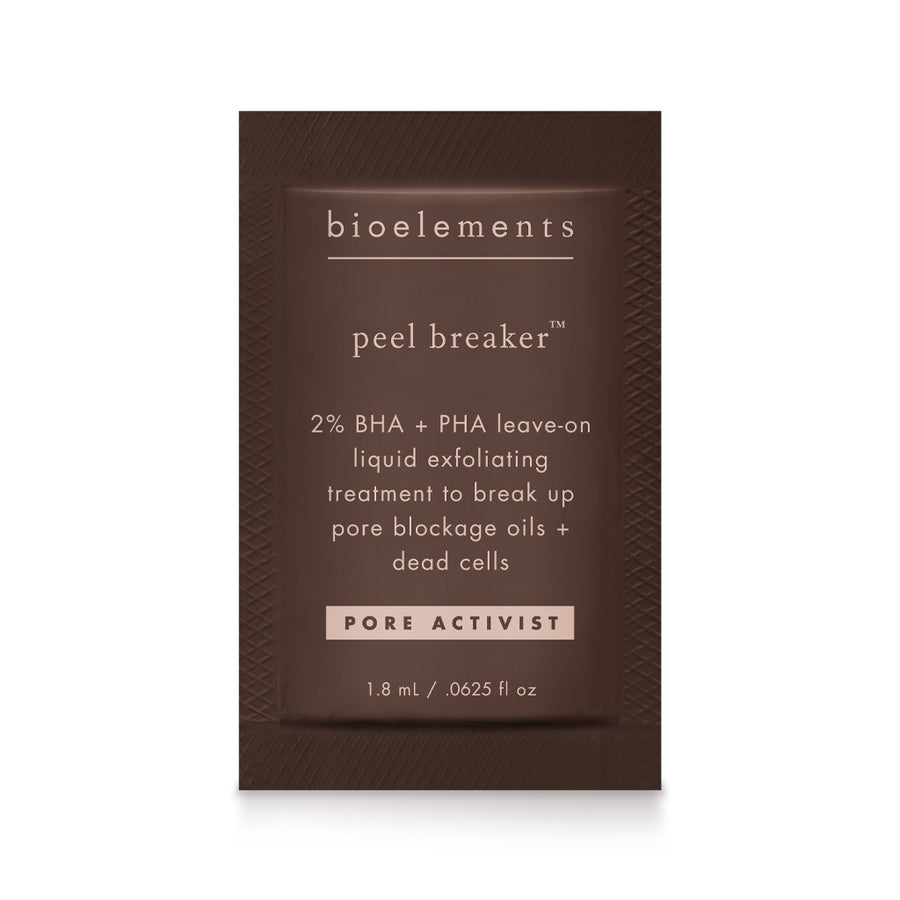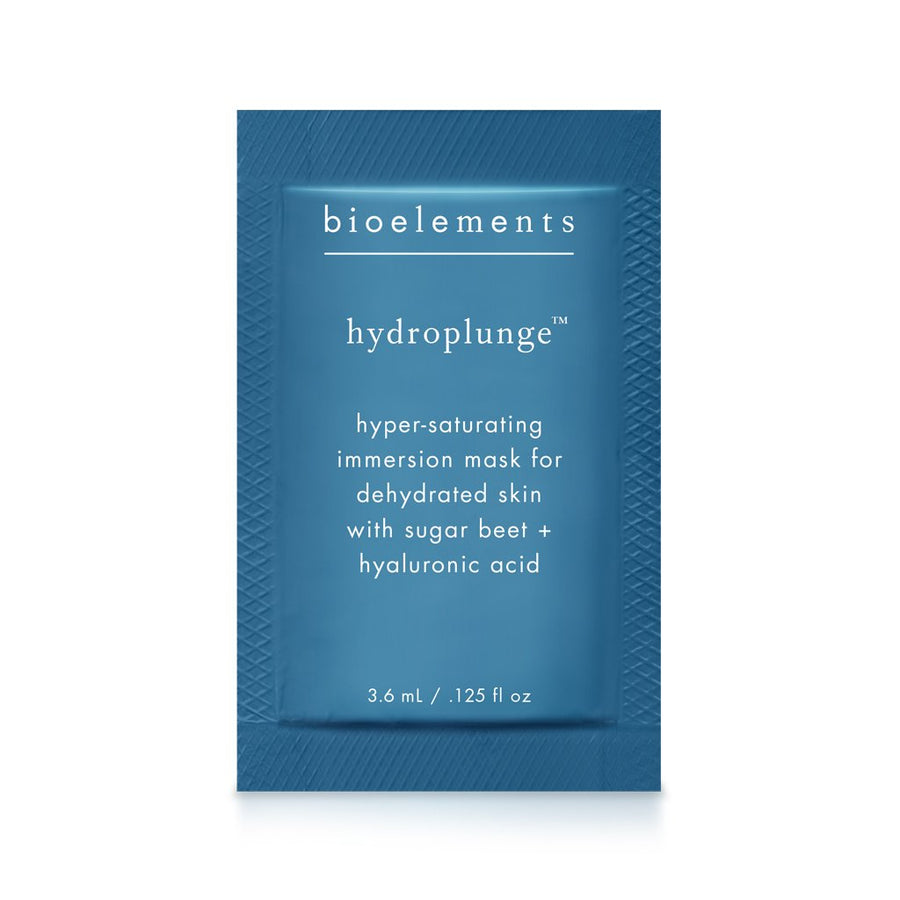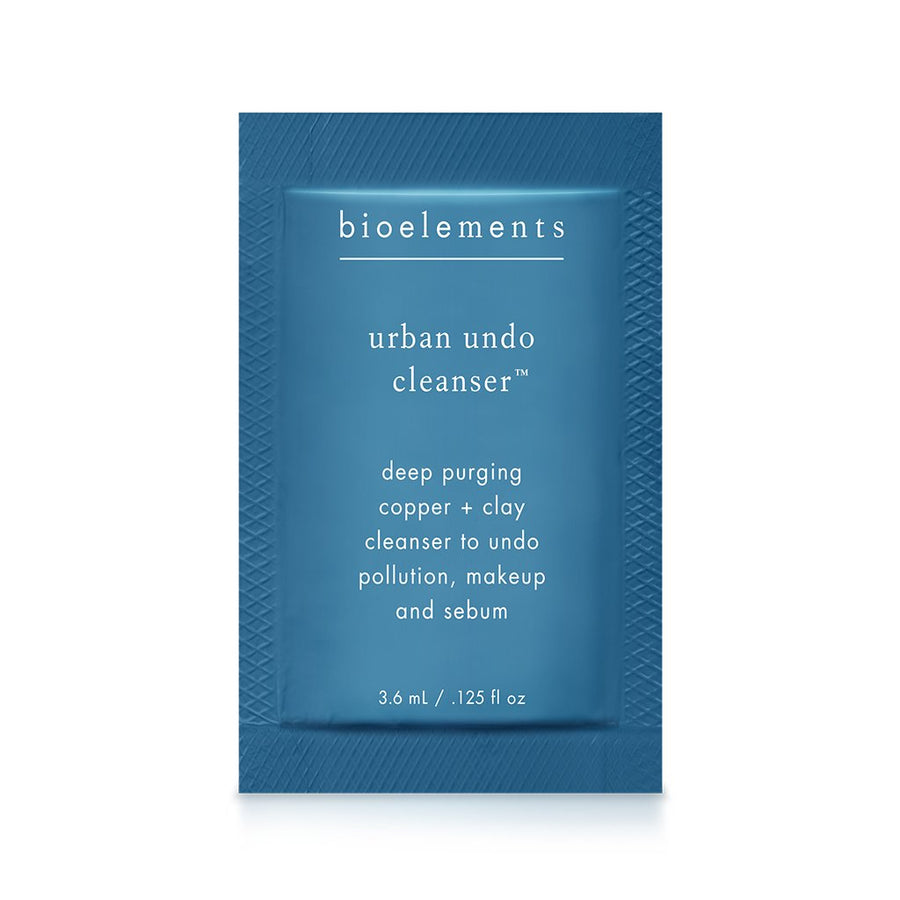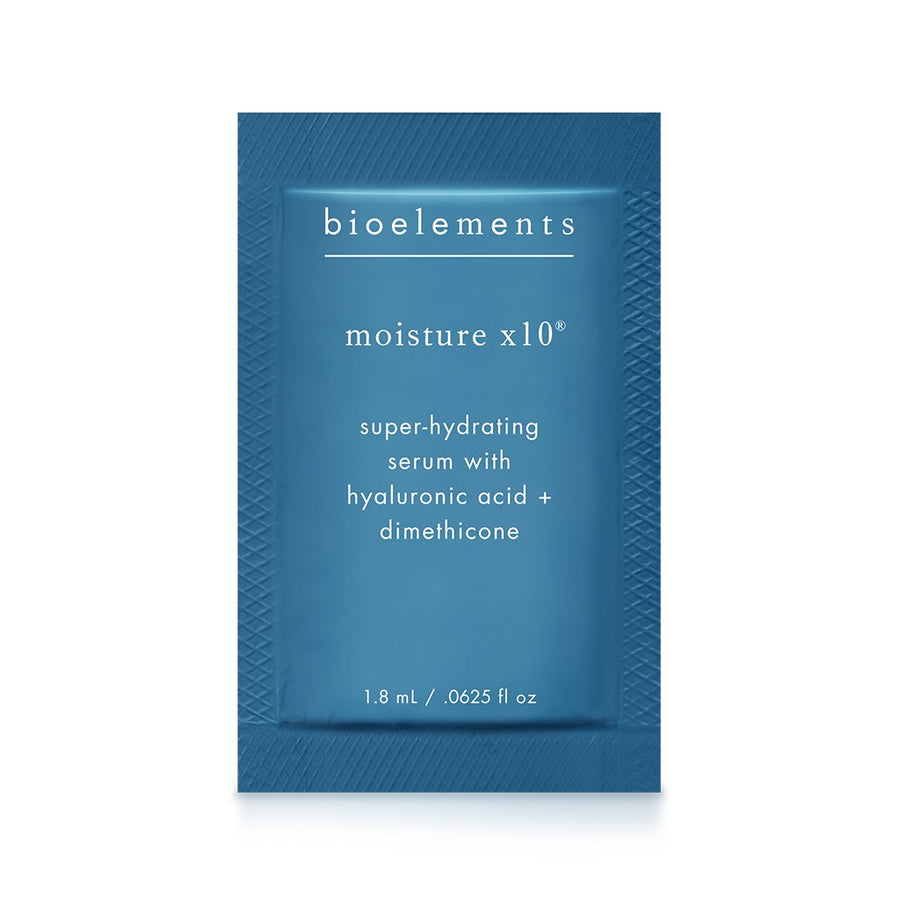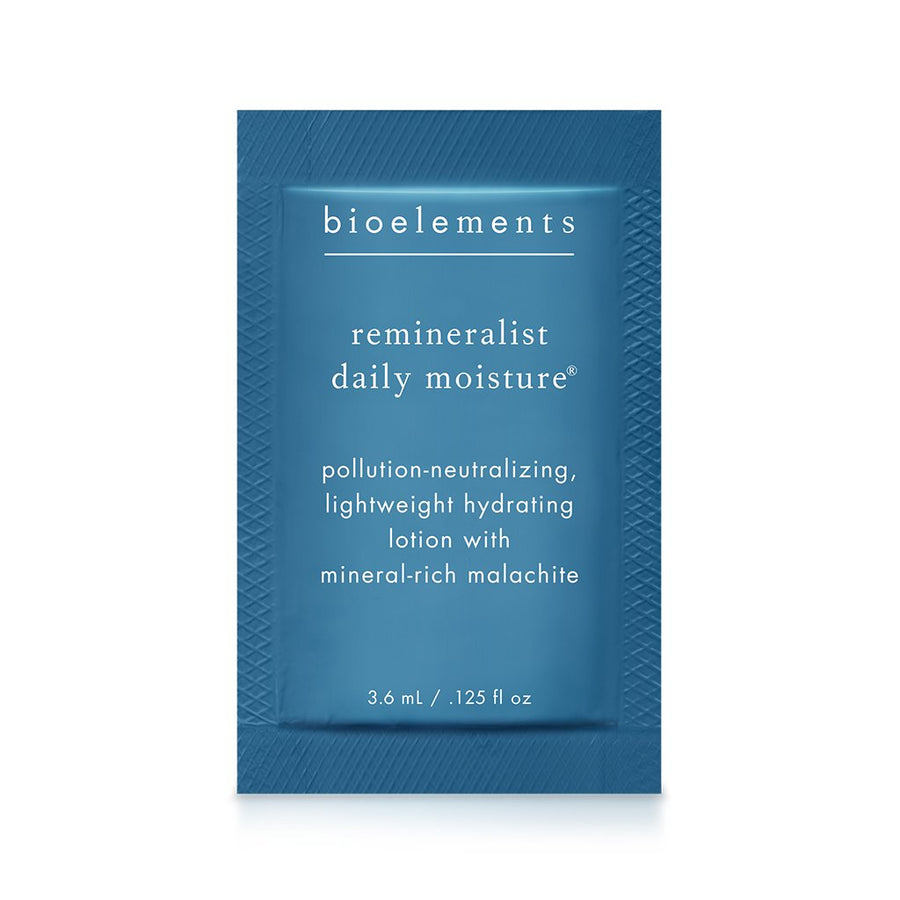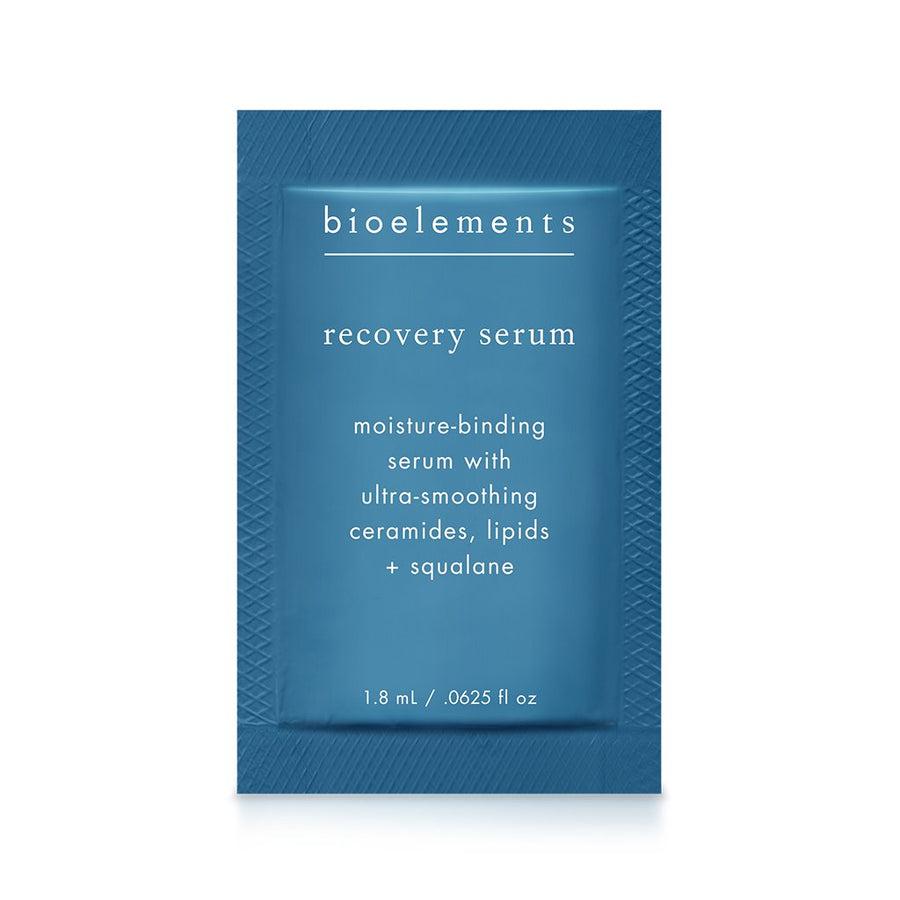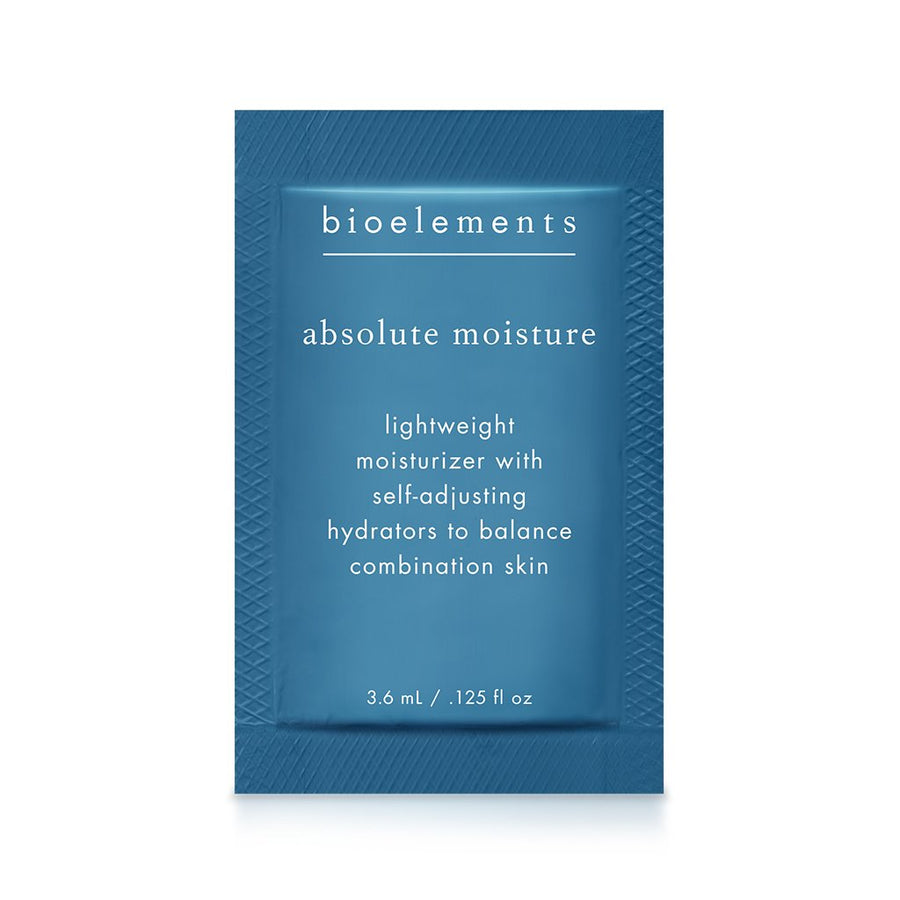If you’ve ever felt lost in the sea of acne advice, you’re not alone. With so many terms floating around, it can feel impossible to decode your own skin care routine! That’s where our experts come in – it’s time to break down the essential acne terminology that will help you sound like a true skin care pro in no time.
Understanding these terms is important because it will help you make informed choices about products and treatments + tackle your acne and general skin issues head-on.
Here is your go-to glossary for all things breakouts from A to Z – acne to zitz!
A
Acne: A disorder of the skin in which oil glands and hair glands become inflamed.
Azelaic acid: Natural exfoliator dissolves the bonds of pore-clogging dead cells. Found in Pore Thing.
B
Bacteria: Our skin hosts a variety of microorganisms, including Cutibacterium acnes (C. acnes, formerly known as Propionibacterium or P. acnes). However, not everyone reacts to its presence. In acne-prone skin, this anaerobic bacteria thrives in pores where oxygen levels are low, feeding on sebum and producing free fatty acids that irritate follicles.
Bacterial acne lifecycle stage (inflamed acne): Over time, bacteria in the papule may grow and appear irritated, red and inflamed. a pus-filled bump is now present on the surface of the skin. This is a pustule. Beneath the skin, deep hard bumps (nodules) or deep pus-filled bumps (cysts) are considered inflamed acne.
Bacterial acne lifecycle stage (non-inflamed acne): A raised red bump develops due to the accumulation of debris and c. acnes bacteria within the pore. This bump expands and may grow into the deeper layers of the skin. No pus is seen on the surface of the skin. This is a papule.
Blackheads: Open comedones characterized by their darkened appearance due to oxidation.
C
Clear acne lifecycle stage: No active acne, no visible clogged pores; skin is smooth and even-toned.
Comedones: Small, flesh-colored, white or dark bumps that give skin a rough texture. Open comedones are blackheads and closed comedones are whiteheads.
Cornerotherapy: A skin treatment methodology with its core principle being the repair and maintenance of the skin barrier defense systems. It’s related to the physiological, biological and biochemical processes of the stratum corneum.
Cutibacterium acnes (c. acnes): In acne-prone skin, this anaerobic bacteria thrives in pores where oxygen levels are low, feeding on sebum and producing free fatty acids that irritate follicles.
Cysts: Deep, painful, inflamed nodules that form beneath the skin’s surface.
D
Dark spots: Hyperpigmentation that makes some areas of the skin darker than others. Can appear as brown, black, gray, red or pink spots and patches.
Desquamation: Cell removal of the skin's uppermost layers to target clogged pores, dark spots, rough texture, and more.
E
Excess sebum: Excessive production of oil is linked to acne-prone skin. Sebum is naturally produced by sebaceous glands within follicles, which may contain a fine vellus hair that helps to channel sebum out of the pore. In acne, follicles without hair or with weak hair can trap excess sebum, causing blockages.
F
Formation acne lifecycle stage (early active acne): Oil and dead cells build up and clog the pore; this debris forms a plug that blocks its opening. Microcomedones begin to form. This can appear as a blackhead or whitehead. This is non-inflamed acne.
G
Grade 1 (mild acne): Typically consists of minor blemishes such as blackheads and whiteheads (open and closed comedones). These are non-inflammatory lesions and the skin texture remains relatively smooth with very little active breakouts.
Grade 2 (moderate acne): Has an increase in both inflammatory and non-inflammatory lesions. Alongside blackheads and whiteheads, papules—small, red bumps that are slightly raised—begin to emerge. These papules may be tender to the touch and take longer to heal.
Grade 3 (moderately severe acne): Characterized by a more widespread occurrence of inflammatory acne. In addition to some blackheads and whiteheads, larger papules and pustules appear. There is noticeable redness and inflammation, with clusters of breakouts that can be painful and tender.
Grade 4 (severe acne): The highest level of acne severity, with more inflammatory lesions across multiple areas of the face and possibly other parts of the body such as the chest and back. Blackheads, whiteheads, papules, and pustules can be present, however, in this stage deep, painful nodules and cysts form accompanied by swelling and redness. These lesions are larger, deeply embedded within the skin, and can lead to acne scarring. Physician treatment and supervision is recommended.
H
Healing acne lifecycle stage: The comedo heals and begins to shrink in size as the barrier repairs itself. The skin should return to a clear stage if treated properly. However, poorly treated acne (from picking, improper care or usage of harsh formulas) may leave scarring or PIH.
I
Inflammation: C. acnes triggers an inflammatory reaction by releasing substances that activate the immune system. Consequently, the affected skin often appears red, swollen, and can be tender to the touch. This Inflammatory process plays a pivotal role in the formation of papules, pustules, and nodules. Inflammation can also delay the acne-healing process.
L
Lesions: General term for any abnormal area on the skin – including blackheads, whiteheads cysts and pustules.
M
Microcomedones: Smaller versions of comedones.
N
Niacinamide: Skin-strengthening vitamin B3 - helps improve the appearance of environmental damage, problem pores, uneven tone, lines, and dullness. Found in Daily Meds.
Nodule: A growth or abnormal lump in the skin.
O
Over-the-counter (OTC): Products that are formulated with a lower concentration of active ingredients.
P
Papules: Inflamed, tender bumps on the skin. Unlike pustules, papules do not have a visible head but are characterized by their red or pink color and raised texture. This inflammation results from the skin’s immune response to bacteria and other irritants trapped in clogged pores.
Pore: Small, stationary openings that can appear larger when filled with oil or cellular debris.
Post-inflammatory hyperpigmentation (PIH): This type of pigmentation appears as dark spots after the initial injury or inflammation has healed.
Pustules: These classic, often painful, acne lesions feature a distinct white or yellowish center filled with pus. They are an advanced stage of inflammation where the body’s response to acne-causing bacteria results in a visible accumulation of white blood cells and dead skin cells.
R
Resorcinol: A derivative of retinol that treats breakouts, blackheads, whiteheads and congestion by targeting dead skin cells and pore-clogging impurities.
S
Salicylic acid: A sebum soluble, beta hydroxy acid that gets deep into pores to exfoliate clogging oil and dead skin cells. Found in Peel Breaker.
Sebum: An oily substance produced by certain glands in the skin.
Skin barrier: A natural, protective barrier, known as the hydrolipidic barrier, which comprises water, sweat and sebum.
Skin cell buildup: The skin regularly sheds dead skin cells, but in acne-prone skin, this process of desquamation becomes disrupted. Acneic skin exhibits an accelerated production of skin cells, typically four to five times faster than typical skin. Accumulated skin cells build up, stick together and mix with sebum, leading to the formation of blockages or impactions.
Sulfur: Treats and clears acne, absorbs excess sebum, unclogs pores and denies growth of acne bacteria; prevents acne + PIH; calms inflamed skin. A more gentle alternative to benzoyl peroxide
T
Thymus vulgaris (thyme) extract: Pure, plant-derived botanical that targets excess sebum. Found in Spot Defy.
U
Ultrasonic facial device: A professional cleansing device that uses ultrasonic waves to deeply cleanse and exfoliate the skin.
W
Whiteheads: Closed comedones that appear as small, white bumps on the skin when hair follicles are clogged with sebum and dead skin cells.
Z
Zits: A general term for acne breakouts.
Sources:
https://my.clevelandclinic.org/health/diseases/21885-hyperpigmentation
https://medlineplus.gov/ency/article/003236.htm
https://www.cancer.gov/publications/dictionaries/cancer-terms/def/sebum



